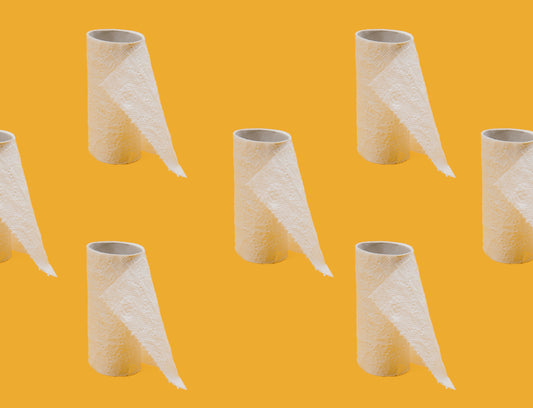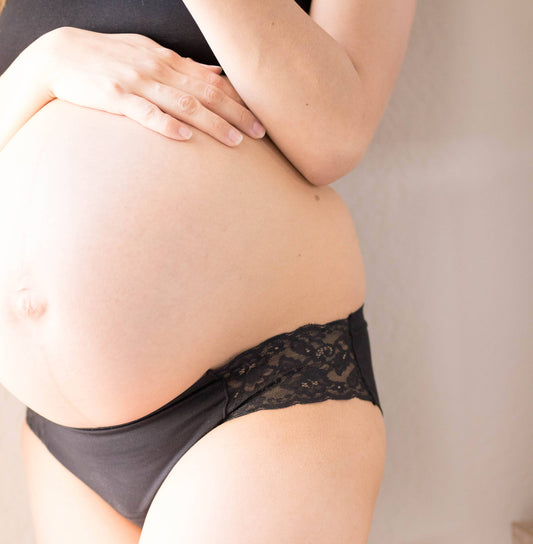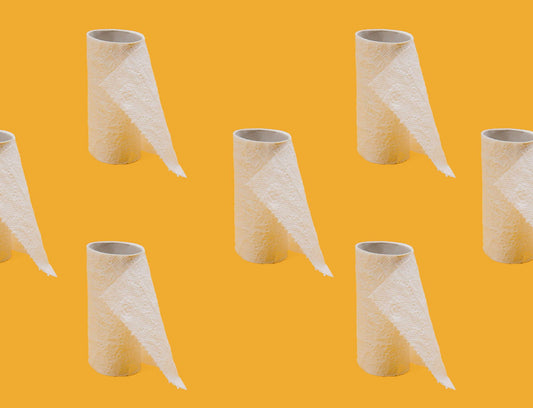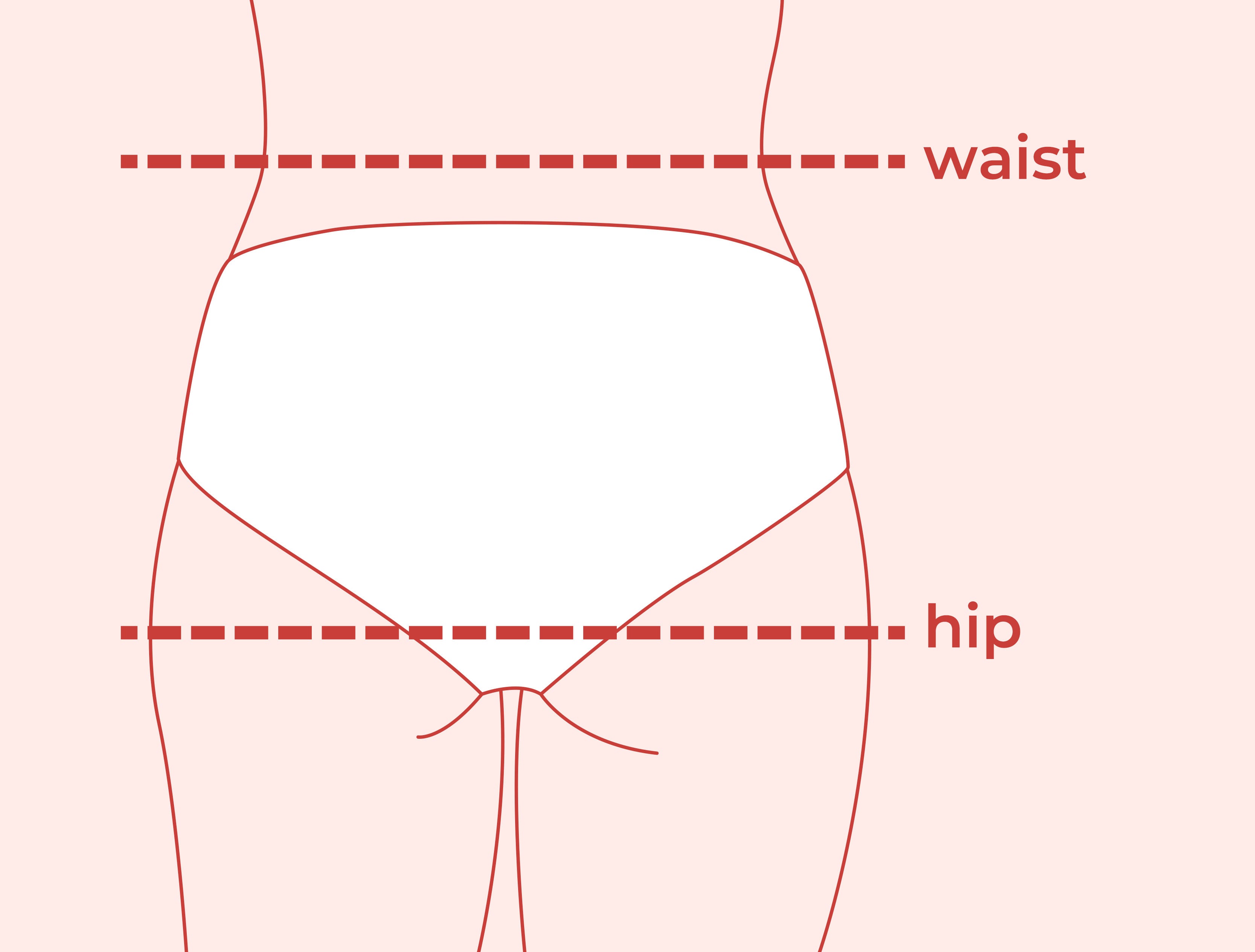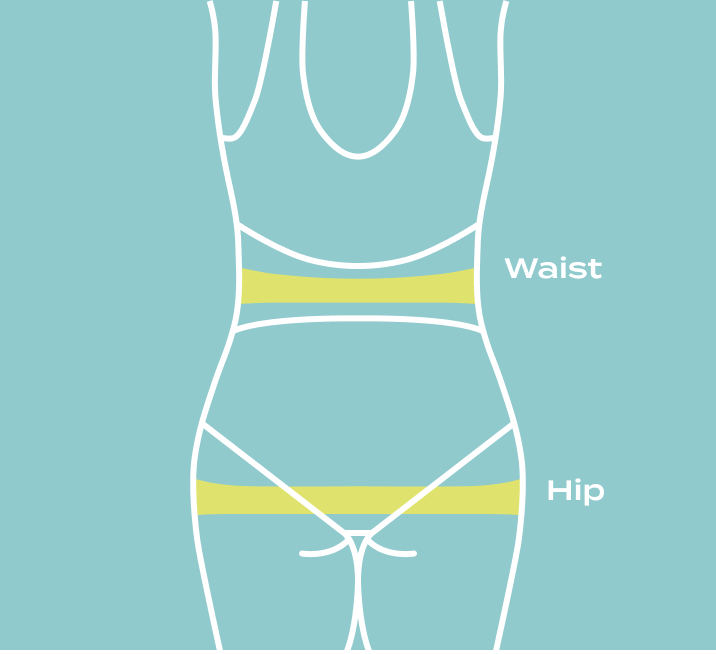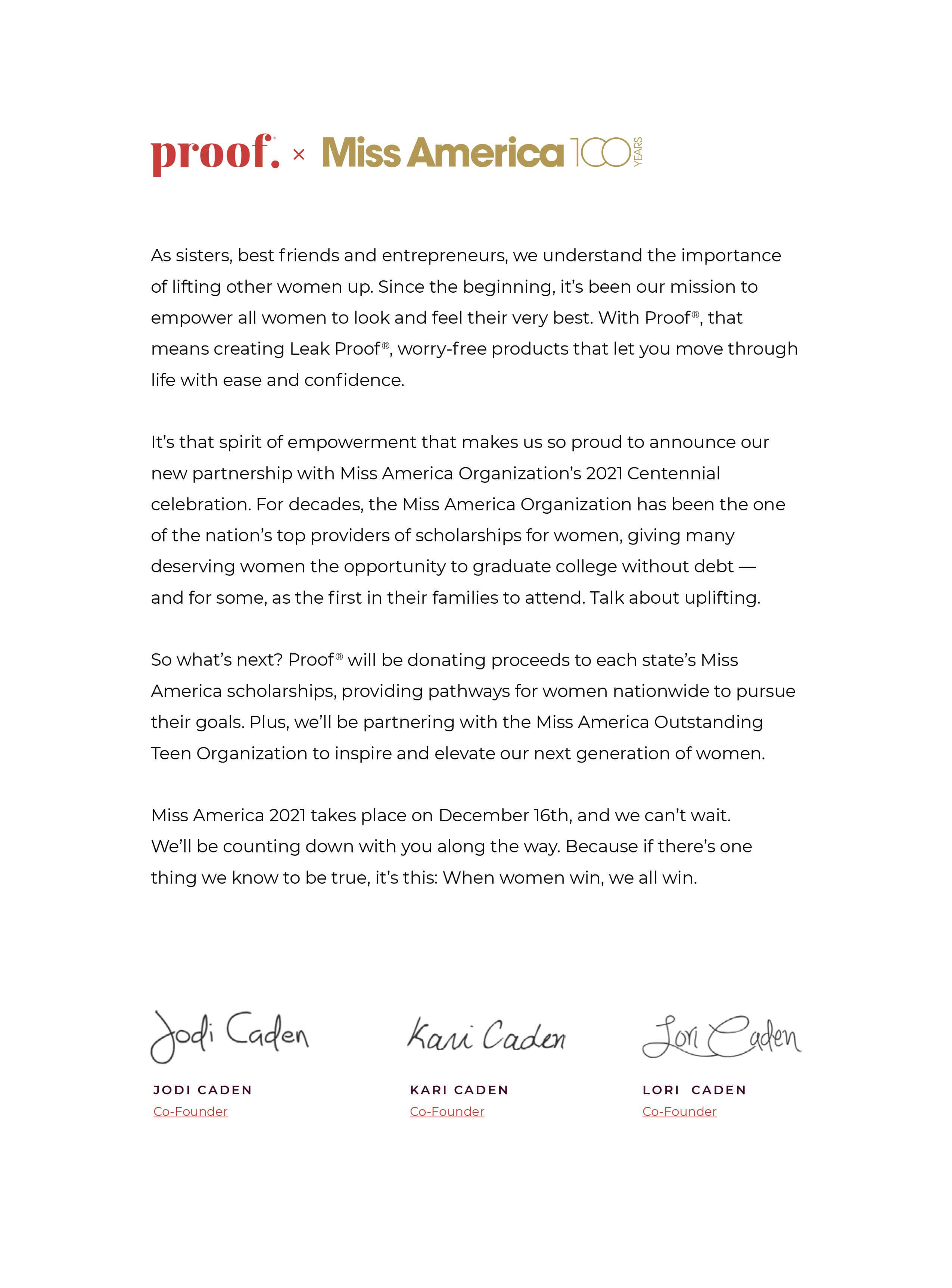When your body needs to cool down, you sweat. It’s natural. But is it preventable? While you may not be able to entirely avoid boob sweat, you learn how to prevent boob sweat—or at least how to stop boob sweat from showing through your clothing. You may feel like you’ve tried everything to stop boob sweat, but the truth is, preventing boob sweat can be as easy as a change of bra, mixed with a few everyday products. The idea of a soft, breathable bra is a great start, but when you find one that’s also sweat-absorbing, you’ll be sold.
If you are someone who naturally sweats a lot, you may need to use a combination of products to prevent boob sweat. Whether you are looking to prevent boob sweat on a day-to-day basis or for more specific occasions, like during a workout, you’ll want to keep reading. The key to preventing boob sweat is maximizing your wardrobe and learning hacks for products you likely already own. Keep reading to learn more about how to stop boob sweat.
Why does boob sweat happen?
Boob sweat can occur for several reasons. You may just be hot, your skin may be irritated, your breasts may be too confined, or perhaps a combination of these things may be causing boob sweat. Sweating is how our bodies naturally control body temperature. However, boob sweat may be the result of other things, not just heat. For example, let’s say you have large breasts that are compressed against your skin or being irritated by a bra. This can cause friction, which can cause heat, resulting in boob sweat. While you may not be able to stop your body from sweating, you can reduce irritation in other ways to cut down on sweating. One thing to note: If you experience boob sweat in excess or often, you will want to address the problem. After doing activities that make you sweat, you should thoroughly clean the skin under your breasts. In addition, while exercising or performing activities that cause you to sweat, you should wear a sweat-absorbing bra.
What does it mean when your breasts sweat?
Breast sweat is a normal bodily function. If your breasts sweat, your body is working. Sweat typically flows from sensitive areas such as your breasts, and boob sweat may be more noticeable if you have large breasts. The larger your breasts, the more friction, the more sweat. If your breasts are sweating more than normal (in quantity or frequency), you may want to see a doctor.
Why does the sweat between my breasts smell?
Although sweaty breasts themselves do not smell, you may eventually notice that your underboob area smells sour, like vinegar, or musky. And when this happens, it can be nerve-wracking to face people like this, especially when there are sweat stains all over your clothes. While sweat itself doesn't smell, you may develop body odor when there is the presence of bacteria on your skin. This is particularly why sweaty breasts smell sour or musky. Body odor comes from bacteria on the skin, which breaks down sweat produced by the apocrine glands. These are located in your breasts, as well as the armpits and genitals. The waste products that are excreted by bacteria in the process are what produce the foul odor. To make things worse, the lack of air circulation in the area under the breasts leads to excessive moisture, resulting in more bacteria growth.
Is there anything I can do about sweat under my breasts?
While sweating anywhere on your body isn’t exactly pleasant, underboob sweat can be particularly gross. It happens not because this area necessarily sweats more than the rest of the body — rather, moisture tends to get trapped where your breasts meet your torso. Based on the female anatomy, this makes sense. If you’re not ready to (or can’t) go braless, one way to prevent underboob sweat and any resulting discomfort is to wear loose-fitting, breathable clothing and underwear made of cotton, which reduces sweating and prevents sweat from being trapped under heavier garments. But even with the right bra (or without one), underboob sweat can still occur, which is why treating it with a combination of products can be a more effective solution. Depending on how much you sweat, a multi pronged approach that includes anti-perspirants to stop sweat, products to ease friction and prevent chafing, and cotton pad inserts to soak up any moisture that may seep through, could be effective.
Tips to prevent boob sweat
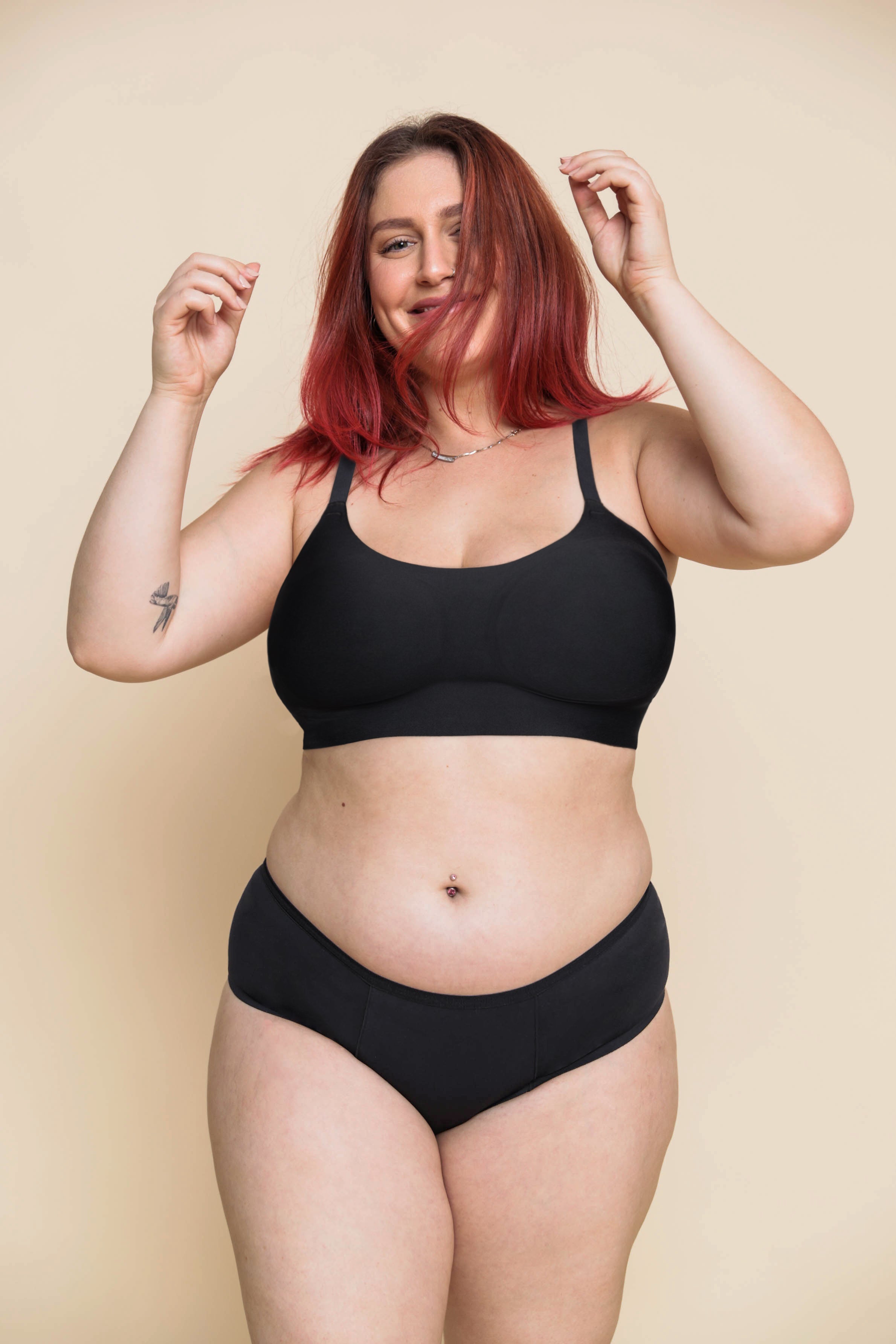
Preventing breast sweat is important for your health and hygiene. Women with large breasts may experience more boob sweat than women with small breasts, but regardless of your breast size, boob sweat is normal. One of the first ways you can prevent boob sweat is to ditch synthetic materials. Let’s learn more about how to prevent boob sweat:
Use breathable, sweat-absorbing bras
Polyester and rayon are commonly used to make bras. Synthetic materials such as these are not breathable, and as a result, your breasts may be hotter and when the sweat starts pouring, it will be trapped. This can leave your skin irritated and you feeling uncomfortable.
Antiperspirants
Another way to prevent boob sweat is to use antiperspirants. As mentioned earlier, you may want to combine a few different ways to prevent boob sweat. For example, you may want to wear a sweat-absorbing bra and apply antiperspirants.
Body powders
Body powders can help prevent boob sweat. If you live in or are visiting a humid climate, body powders may be especially helpful. They’re designed to absorb moisture, and some even offer a cooling effect. In addition to absorbing moisture, body powders can help soothe friction. When your breasts rub together or against your skin, it creates heat. As a result, you sweat. Applying body powder can help soothe the friction and absorb any sweat. You can purchase a powder specifically designed for boob sweat, or keep it simple with baby powder. If possible, try a body powder with cornstarch, as it’s known for being highly effective.
Lotions
Body powders can be messy. Luckily, anti-chafing lotions can serve the same purpose without the mess. Anti-chafing lotions, creams, and gels can reduce moisture and odor. Plus, lotion is usually easier to throw in your purse or backpack and apply throughout the day as needed. The downside is that too much lotion can leave residue. Look for an anti-chafing lotion that can be used on or around your breasts, as well as other areas that can suffer from chafing.
What should I do if nothing helps?
Visit a dermatologist if over-the-counter, at-home remedies aren’t cutting it, causing boob sweat to impact everyday life. They can assess your problem and recommend lifestyle changes and/or prescribe medication to help alleviate boob sweat.
Related Posts
Sources:
SELF. How To Survive Boob Sweat Season,
https://www.self.com/story/boob-sweat
Better Health Channel. Sweat,
https://www.betterhealth.vic.gov.au/health/conditionsandtreatments/sweat
Glamour. Underboob Sweat is Real - here’s everything you need to know about managing it in a heat wave,
https://www.glamourmagazine.co.uk/article/under-boob-sweat-solution#:~:text=%E2%80%9CWhen%20skin%20touches%20skin%20it,sweat%20a%20real%20summer%20issue.%22
Healthline. 24 Ways To Prevent Breast Sweat and BO,
https://www.healthline.com/health/womens-health/boob-sweat#_noHeaderPrefixedContent
H&B. Is Breast Sweat Normal,
https://www.hollandandbarrett.com/the-health-hub/conditions/womens-health/what-is-breast-sweat/


